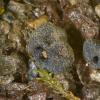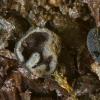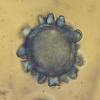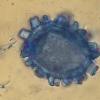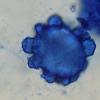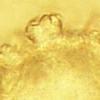
27-07-2015 21:04
 Zuzana Sochorová (Egertová)
Zuzana Sochorová (Egertová)
Hello,I found this Genea in Abkhazia (Great Caucas

27-07-2015 14:48
 Leandro Sánchez
Leandro Sánchez
Sur tige d'ombellifèreAsques 33-38/4-5, croziers

26-07-2015 16:17
Steve ClementsSalut,Après avoir lu la clé de Bernard Declercq

26-07-2015 13:38
 Rubén Martínez-Gil
Rubén Martínez-Gil
Hola a todos. Subo fotos de una Peziza que encont

24-07-2015 17:04
Matthias TheissHello,I'd like to show a Microglossum-like ascomyc

25-07-2015 01:57
Lepista Zacarias2015-07-18 Pyreno on leaves Hi everyone, Maybe s

25-07-2015 07:55
 Maren Kamke
Maren Kamke
Hi everybody,I thought of M. typhicola, but the as

22-07-2015 22:54
 Rubén Martínez-Gil
Rubén Martínez-Gil
Hola a todos. Subo unas fotos de un asco que enco
Genea
Zuzana Sochorová (Egertová),
27-07-2015 21:04
 Hello,
Hello,I found this Genea in Abkhazia (Great Caucasus), Aapsta river valley, in a margin of a way where grew Cornus, Corylus, Carpinus, Acer and Prunus, in a calcareous area, 7th July 2015.
Ascomata were only partly hiden in the soil (visible without raking), measured 1.5-6 mm, were black, covered with small warts (2-3 per mm), with a hole, whitish when cut, not very lobed.
Spores without ornament measure 31-35 x 24-26 micrometers, ornamented with warts of different size and shape - 2-7 micrometers high, 2.7-5 micrometers broad, truncate, often with little projections, sometimes resembling molars.
I excerpted all names mentioned in the article Species diversity of Genea in Europe, but always found some different characters than in my Genea. What do you think?
Thanks, Zuzana
